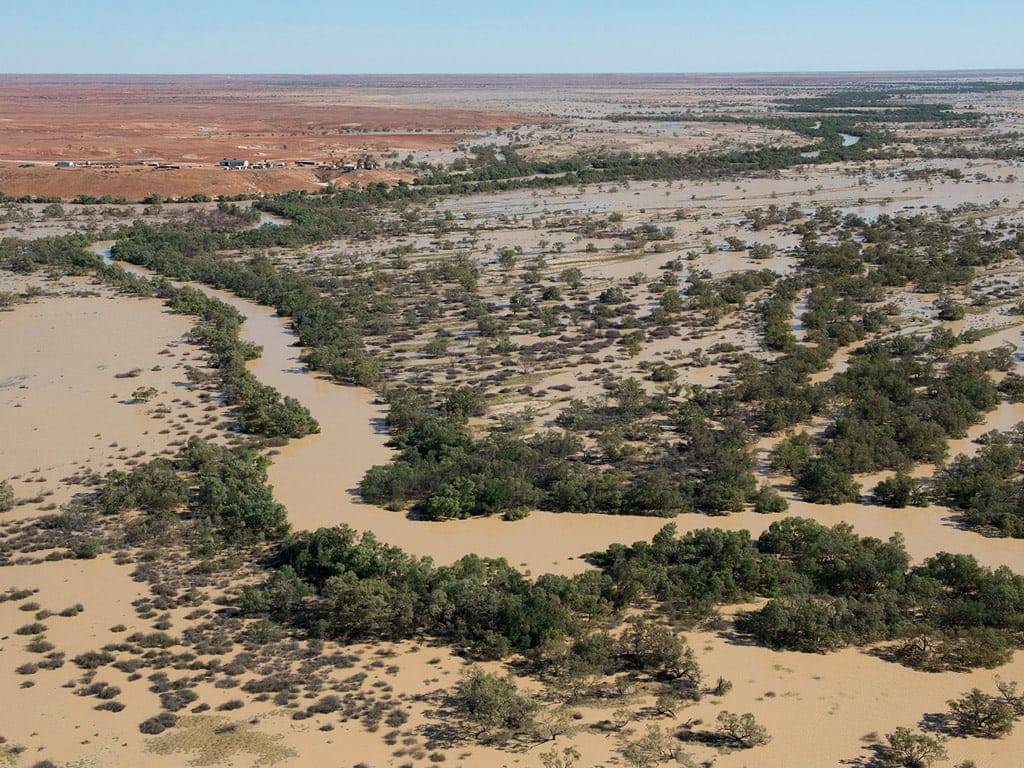Where’s Waddi?
For something a little bit different and just off The Outback Loop, there is something of interest to anyone with botanical bent.
A copse of rare and ancient Waddi Trees, considered to be 500-1000 years old, and one of only three such groups of Waddi Trees left in Australia is located just 12 km north of Birdsville on the Birdsville-Bedourie Road.
This unique stand of slow-growing Acacia trees (Acacia peuce) caught the attention of early explorer William John Wills with seed samples found in his diary after his death. The Arunda Aboriginal peoples know the tree as Aratara, the Pitta Pitta know it as Kurriyapiri and Red Ochre Father, while the lower Arrernte know it as Arripar.
A protected species, the endemic tree once thought to be both widespread and prolific thousands of years ago in a wetter climate, is now found in only sparse numbers in central Australia. It grows up to 15 to 18 metres in low open woodlands and has short horizontal branches and pendulous branchlets covered in spiky, needle-like leaves and thick fibrous grey-brown bark.
The wood meanwhile, is extremely hard and dense with dark red coloured heartwood that Indigenous Australians used to produce a traditional waddy (Aboriginal War Club). In fact, Waddi wood is so hard it can damage an axe, and is almost impossible to burn. Saplings were often eaten by grazers such as cattle while early pastoralists used the timber to make highly durable and termite resistant fence posts and stockyards. The tree also plays host to various butterflies and provides a protective habitat for birds from grey falcons to desert finches.
Coming into Birdsville or leaving, the Waddi Trees are worth the time to get in touch with a part of Australia’s ancient past.
